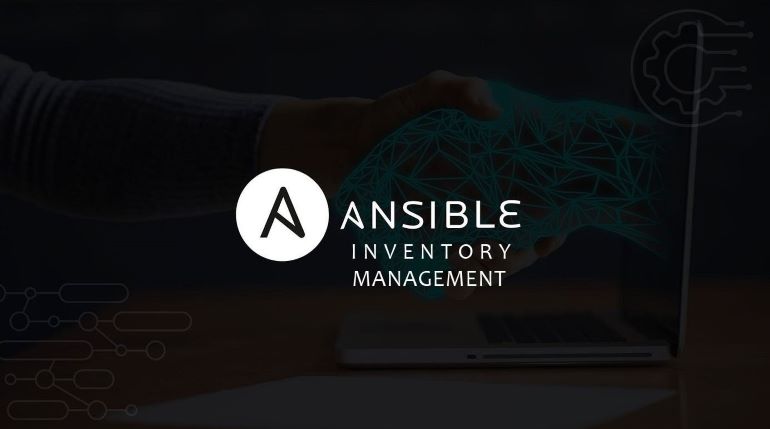Ansible Inventory Management: Challenges and Solutions

[*]
Ansible is a powerful open-source automation tool that simplifies the management of IT infrastructure. It excels in configuration management, application deployment, and task automation. However, like any complex tool, Ansible comes with its own set of challenges. One of the most common and significant issues faced by users is inventory management. In this blog, we will delve into the challenges of managing inventories in Ansible and provide practical solutions to overcome them.
Understanding Ansible Inventory
Ansible uses an inventory file to keep track of the systems it manages. The inventory can be as simple as a plain text file with a list of IP addresses or hostnames, or as complex as a dynamic inventory script that integrates with cloud providers to fetch the current state of infrastructure. Effective inventory management is crucial for ensuring accurate and efficient automation.
Common Problems with Ansible Inventory Management
Problem: Dynamic Infrastructure and Inventory Drift
Problem Description
Modern IT solutions are dynamic, with resources being spun up and down frequently. This dynamism can lead to inventory drift, where the static inventory file becomes outdated and no longer reflects the actual state of the infrastructure. This drift can cause automation tasks to fail, lead to configuration inconsistencies, and introduce security vulnerabilities due to unmanaged or orphaned resources.
Problem Solution
Dynamic Inventory Scripts: Use dynamic inventory scripts to generate the inventory in real-time. Ansible supports plugins for various cloud providers like AWS, Azure, Google Cloud, and more. These plugins can automatically fetch the list of current instances, ensuring the inventory is always up-to-date.
Example for AWS
yaml
plugin: aws_ec2
regions:
– us-east-1
filters:
instance-state-name: running
keyed_groups:
– key: tags.Name
prefix: tag_Name_
Inventory Plugins: Leverage inventory plugins to integrate with external inventory sources. These plugins can query APIs, databases, or other sources to dynamically build the inventory.
Example for Azure
yaml
plugin: azure_rm
include_vm_resource_groups:
– myResourceGroup
auth_source: auto
keyed_groups:
– key: tags
prefix: tag
Ansible Tower/AWX: Use Ansible Tower or AWX, which offer advanced inventory management capabilities. These tools can pull dynamic inventories from cloud providers, integrate with CMDBs, and provide a user-friendly interface for managing and updating inventories.
Automated Inventory Updates: Automate the process of updating the inventory file by integrating it with your CI/CD pipeline. Use scripts or Ansible playbooks to fetch the latest infrastructure state and update the inventory file before executing playbooks.
Example script to update inventory:
#!/bin/bash
aws ec2 describe-instances –query ‘Reservations[*].Instances[*].PublicIpAddress’ –output text > inventory
Inventory Synchronization: Ensure that the inventory is synchronized across all automation tools and scripts. This can be achieved by centralizing the inventory management and using version control systems like Git to track changes.
Tagging and Grouping: Use consistent tagging and grouping strategies for your resources. Tags can be used to dynamically group hosts in the inventory, making it easier to target specific sets of servers.
Example grouping by tags:
yaml
[webservers]
tag_Name_WebServer1
tag_Name_WebServer2
Best Practices for Ansible Inventory Management
To further mitigate inventory management challenges, follow these best practices:
- Use Multiple Inventory Sources: Combine static and dynamic inventories to manage different types of resources. For example, use a static inventory for network devices and a dynamic inventory for cloud instances.
- Regular Inventory Validation: Periodically validate your inventory to ensure it accurately reflects the infrastructure. Use Ansible playbooks to check the connectivity and configuration of listed hosts.
- Secure Inventory Files: Protect your inventory files by storing them securely and managing access controls. Ensure that sensitive information, such as passwords and keys, is encrypted.
- Document Inventory Structure: Maintain clear documentation of your inventory structure, including the purpose of each group and host. This documentation will help new team members understand the inventory and reduce the risk of misconfiguration.
- Use Environment-Specific Inventories: Create separate inventory files for different environments (e.g., development, staging, production). This separation helps prevent accidental changes to production environments and simplifies environment-specific configurations.
Conclusion
Inventory management is a critical aspect of using Ansible effectively. As infrastructures become more dynamic, the challenges of maintaining an accurate and up-to-date inventory grow. By leveraging dynamic inventories, inventory plugins, and automation tools like Ansible Tower, you can overcome these challenges and ensure that your automation tasks run smoothly. Adopting best practices for inventory management will help you maintain control over your infrastructure and avoid common pitfalls associated with inventory drift. With these strategies in place, Ansible becomes an even more powerful tool for managing your IT environment.
If you need DevOps automated deployment or services assistance, contact us at [email protected].
[*]
[*]Source link



